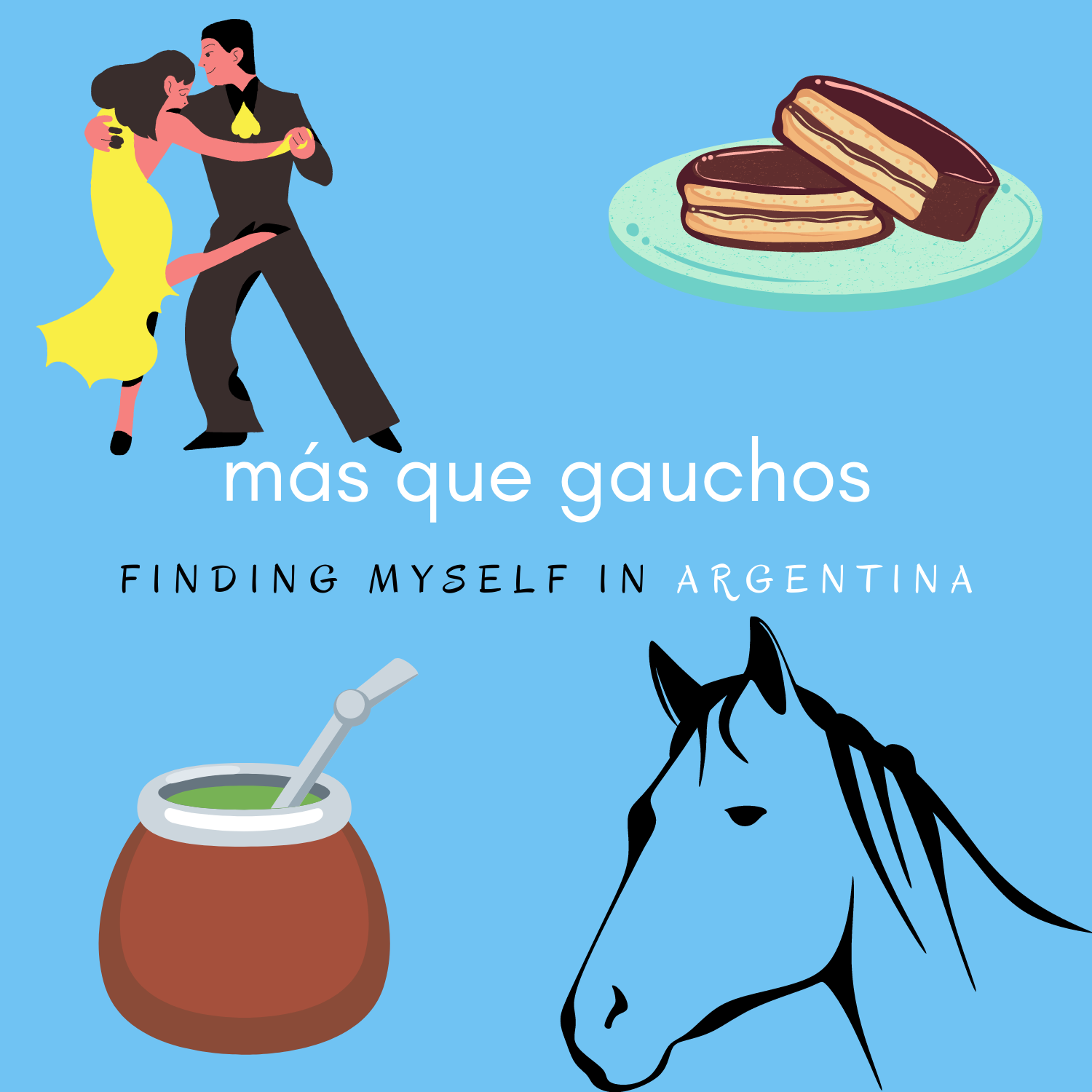
How do I learn Spanish?
I get this question a lot. Let me help you learn Spanish. Hint: Listen, read, talk!
This is going to be the first of various articles on Spanish. My posts should be beginner friendly whether they’re on the language specifics or slang. Today we’re going to talk about how to learn Spanish.
You learn languages differently than other topics. As a child, you learned your native language(s) from your parents. Learning a second language as an adult is a different story. It’s more like learning a musical instrument than anything else. You have to learn to read muisc, write music, listen critically to music, and use your body to produce it. You can start with reading music, but some people start by fiddling around with the instrument itself.
Learning a foreign language is similar. There are many different ways to learn it. It can be overwhelming as an independent learner to find out what works for them. And of course everyone says their method is the best. I’m not going to say mine is the best! I will just tell you what worked and didn’t work for me as a Spanish learner. I’m also a language teacher who is always trying to improve. For that, I do some research into studies on language acquisition.
With the intro out of the way, let’s get started. First, determine your motivation. It may seem silly, but you’ll need to come back to it when you inevitably get frustrated. It happens to everyone. This motivation will also help direct your learning. It’s no good learning academic Spanish if you want to tourist a place. You also don’t want to learn Spanish from Spain if you only plan on traveling to Latin America.
Next, you want to figure out your method. I think the most effective method to learn Spanish is getting some basic grammar and vocabulary to start. Then, start speaking, reading, writing, and listening. This is the method I’m going to base my blog on. I’ll also add regionalisms (voseo and slang). But sometimes you can’t find someone to tutor you or practice with. Or you’re simply too nervous. I do encourage language exchange sites like Coeffee or Conversation Exchange.
In the next section we’ll look at some programs and websites to get started. Then in the last section we’ll talk about how to make entertainment a learning experience.

utalk
Utalk offers an Argentinian Spanish course where you hear it spoken in the accent. However, it doesn’t teach you grammar. It only gives you phrases to repeat. Also, you will sound very formal as they never use the informal you. It’s great if your goal is tourism. It’s not free, but sometimes you can get good deals on it via StackSocial
studyspanish
StudySpanish’s grammar section is a great grammar reference. But it doesn’t contain Argentina’s voseo. It’s an excellent academic supplement to Utalk and Duolingo which teach grammar indirectly.
Useful resources to get you started.
I am commenting a bit on how well these resources cover Argentinian Spanish because I assume a lot of you reading this have an interest in Argentina. What these lack, I will blog about, so stay tuned!
Duolingo
Duolingo accepts Argentinian voseo, but doesn’t teach it, nor the accent. However, it’s a very robust program for learning Spanish otherwise. It’s fun and will remind you to do your daily Spanish.
wordreference
WordReference has a great conjugator which includes Argentina’s voseo forms. Its dictionary has the best coverage of regionalisms I’ve seen, though not perfect.
linguee
Linguee is a nice way to make your phone into a learning Spanish tool. It lets you highlight any word on your phone and translate it.
Let’s learn Spanish by turning Netflix and other entertainment into learning tools.
Netflix is, in some ways, a great learning tool. Why? Because no one thinks of it as one. Have fun and learn Spanish. A win-win. The same with music and YouTube and reading books for pleasure. For Netflix, I recommend that you search Argentinian Movies & TV (or Spanish Movies & TV, etc). Pick your movie or series. Watch it with English subtitles to get a sense of what’s going on first. Then watch it in Spanish with Spanish closed captioning. Closed captioning is the transcript of what’s being said, subtitles are a translation of what is being said.
This is going to be the longest step. You’ll want to look up vocabulary you don’t know and also learn to listen to the language. Listening is perhaps more important than vocabulary. For this reason I call it the “ear training” step. Learn to hear “hola, ¿cómo estás?” and not “holacomoestas” or even “holablargh.” Yes, I know how it sounds starting out. And finally, watch it without subs. At that point you are an advanced listener of Spanish, which helps your other areas if they still need work. Additionally, you can use the chrome extension Language Learning for Netflix. I’ve never used it, but I hear it’s good.
For YouTube, videos often have subtitles. Use those like Netflix. You can also watch the free show Destinos: An Introduction to Spanish. This show intentionally starts out speaking very slowly. It also introduces vocabulary and grammar and has some quizzes on its website. Yabla is another good video-based website, but it’s subscription-based. It has both games and flashcard systems. I recommend reading ebooks on your favorite e-reader as some have translators and dictionaries. Finally, with music, listen to your favorite Spanish-speaking artists. Translate the words you don’t know. Sing along with them.
Hope this helps. Find what works for you! Whatever you can stick to and have the most fun doing is what will work the best. Whatever you do, have fun! And stay tuned to my blog for more tips!


0 Comments